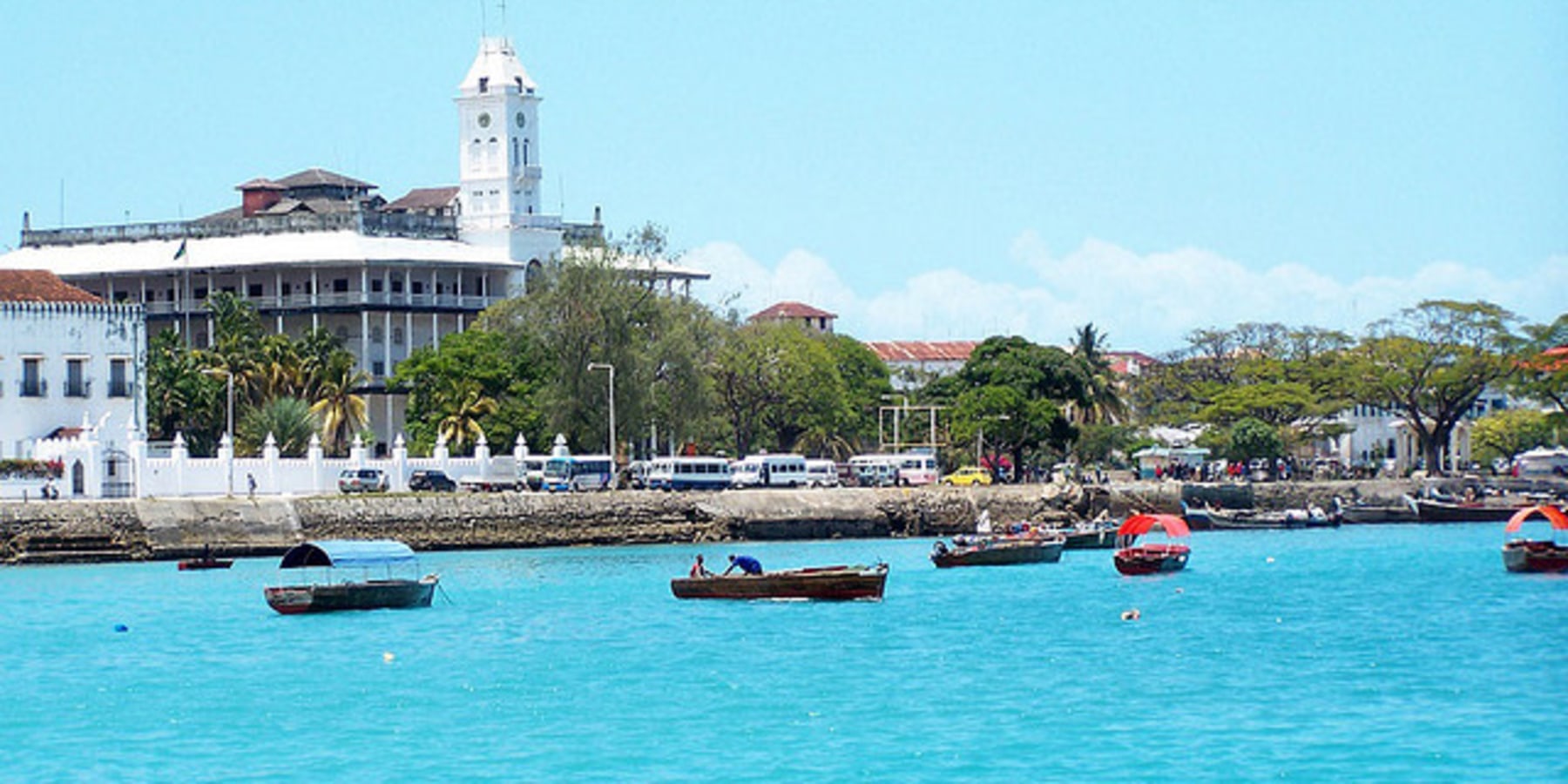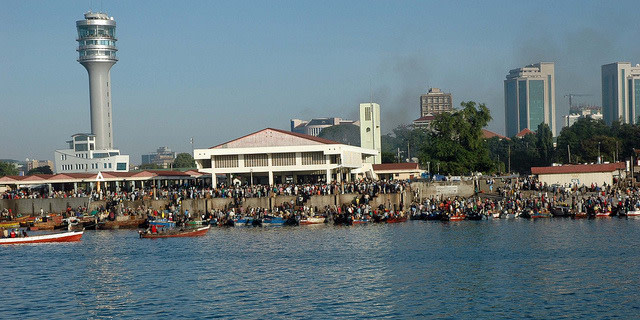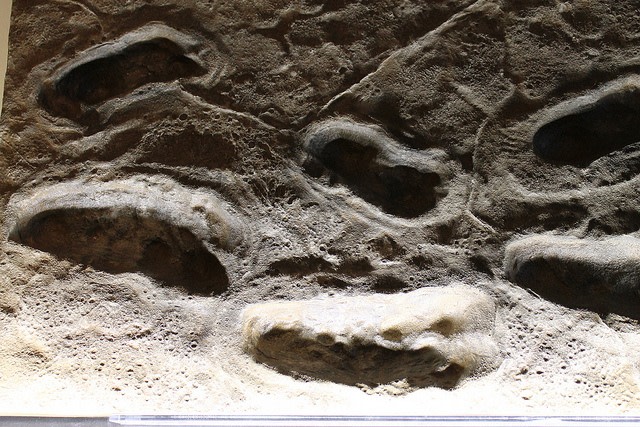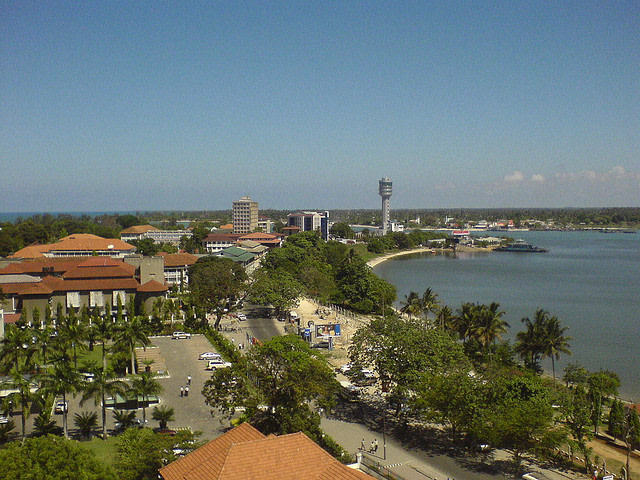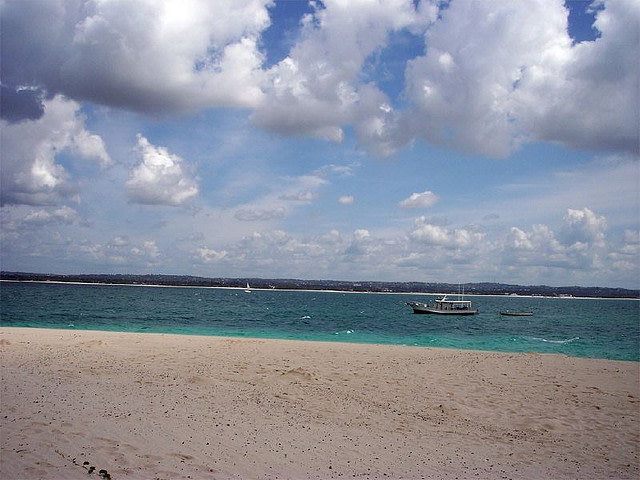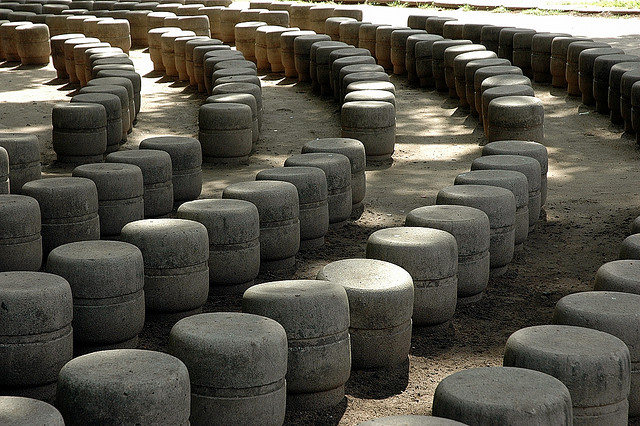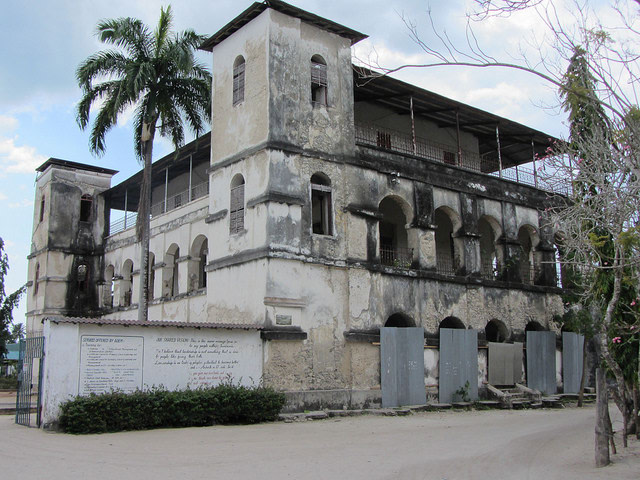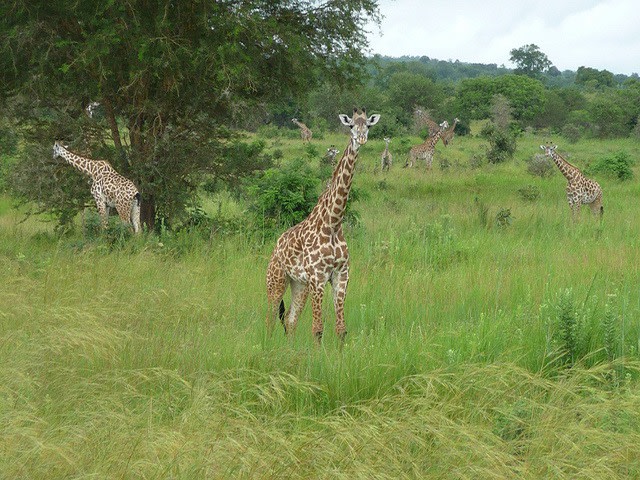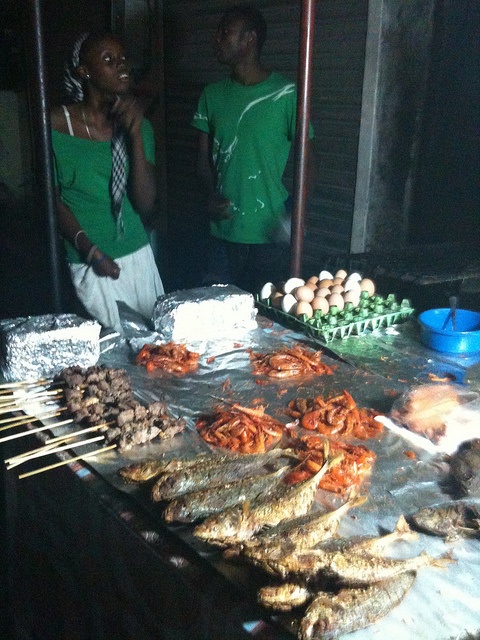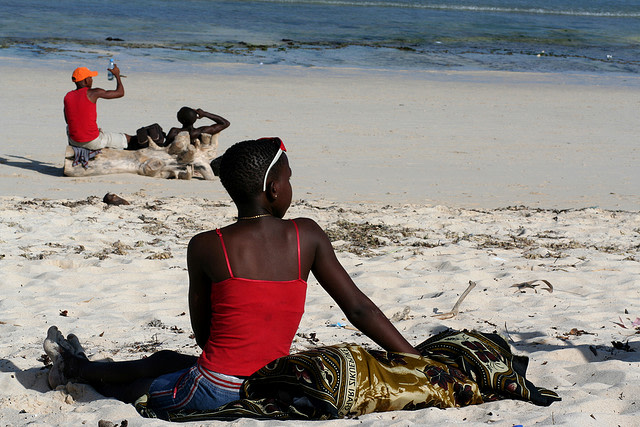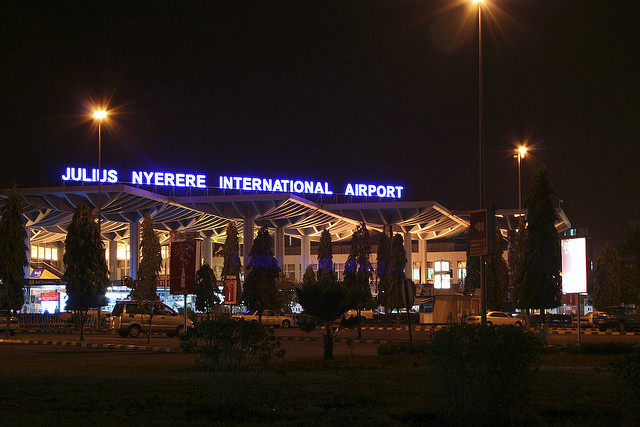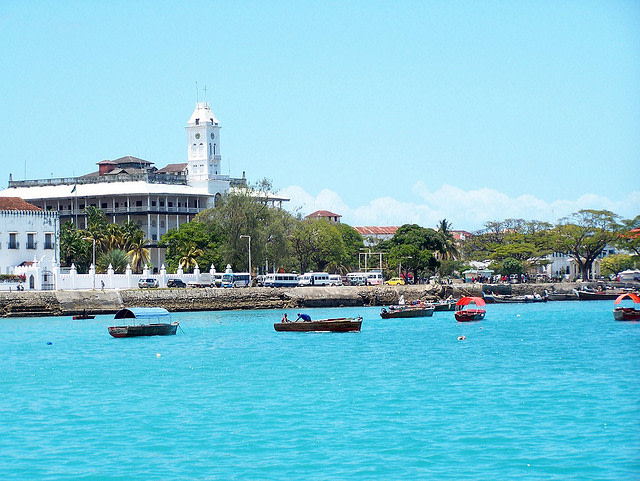| 8 mins read
By Julie Jennings
A burgeoning port city and commercial centerpiece for much of Eastern and Central Africa, Dar es Salaam is a rich melting pot of ancient cultures and modern lifestyles. Middle Eastern, European and South Asian influences have all played a role in the makeup of Tanzania’s once capital city, Dar es Salaam. To this day, it is still the seat of much of the government administration, and continues to be the home of many nationals from Great Britain and Germany. The people of Tanzania speak two primary languages, the Arabic- and Bantu-based Swahili and English, although an array of dialects from local ethnic groups are still spoken today. Here is a Dar es Salaam Tour Guide to help travelers explore this key part of Eastern Africa that sports a unique juxtaposition of oceanfront resort and industrial ports of call.
A Brief History of Dar es Salaam
The history of this territory dates back millions of years, as noted by one of the most wondrous finds of the 20th century, the Laetoli Footprints – an ancient trail of hominid footprints, extending about 80 feet and believed to be about 3.6 million years old. These bipedal prints were a key archaeological finding in 1976 and changed thoughts on human evolution. The footprints, accessible from Dar es Salaam in Northern Tanzania, were preserved when a bizarre combination of a volcanic eruption, rain, and ash fall captured them for the ages to discover.
With a desirable location and natural harbor on the Eastern Africa coast, Dar es Salaam has always served as a center of trade. The Eastern Coast became a key port for Central Africa and by the 15th century Europeans discovered its important role, first Germany and then Great Britain. In 1964, colonial Tanganyika merged with exotic Zanzibar to form Tanzania, and the long process of moving the capital to more centralized Dodoma began. Dar es Salaam is the largest city in Tanzania and even greater growth is predicted.
Things to Do in and around Dar es Salaam
The Dar es Salaam Marine Reserve System (DMRS) is a marine reserved situated off the coast of Dar es Salaam. The reserve is made up of nine uninhabited islands, four north of Dar es Salaam – Bongoyo, Mbudya, Pangavini and Fungu Yasini – and five south of the city – Inner and Outer Makatumbe, Inner and Outer Sinda and Kendwa Island. Beautiful and appealing to snorkelers, divers and sunbathers, the reserve’s purpose is to protect several key tropical ecosystems, including coral reefs, mangroves and sea grass beds. This is a wonderful day trip for locals and visitors.
The National Museum is home to many treasures, including items excavated from the Olduvai Gorge, where such historic treasures as the Laetoli Footprints were found. The Australopithecus boisei skull discovered by Mary Leakey in 1959 is housed here. For a special treat, find out when the dance performances take place at the museum. These popular shows demonstrate the local dances, costumes and colors of Tanzanian culture.
For travelers in search of ancient ruins, the town of Bagamoyo is about one hour away by bus to the north of Dar es Salaam. Here are the Kaole Ruins with two mosques and tombs dating as far back as the 13th and 15th centuries. The Botanical Garden rests quietly along Garden Street and was established by German planners in 1893.
Stunning national parks are close by, so take a day or more to visit the majestic lands surrounding Dar es Salaam and experience the wild beauty of Africa’s game. Just four hours by paved road from Dar es Salaam is Mikumi National Park. Compared to the vast plains of the Serengeti, the Mkata Floodplain is home to lion, elephant, zebra, wildebeest, buffalo and giraffe, which roam amongst the tall grass and near the Mkata River. Farther down the road, explorers of the Udzungwa Mountains National Park have nicknamed it the “African Galapagos” for its unique array of plants and animals. A seemingly endless umbrella of lush forest, the Udzungwa Mountains were granted national park status in the Eastern Arc range and soon became one of Tanzania’s most popular hiking areas. Take a two-hour trail to the 550-foot Sange Falls.
Cuisine and Nightlife in Dar es Salaam
The tastes of Dar es Salaam include specialties, like “nyamachoma” and “mishkaki,” both barbecued meat dishes. There are various types of nyama choma, but goat is a local specialty. The meat is roasted on a grill and then served with what looks like chili chutney or salsa, and fresh lime. Beef or chicken mishkaki, lengthy kabobs of meat and vegetables, like carrots and onions, are prepared on huge barbecues, often street-side, with plentiful portions of butter and fluffy garlic naan, which is baked in ovens that look like large, heated urns. Spicy curries and chili pastes are common, as well. The coastal region and reserve islands are rich in fresh fish dishes. The diverse influences on Eastern Africa are reflected in the many international cuisine options, so while East African, Indian and Zanzibari are more common, truly anything can be found in central Dar es Salaam.
The downtown area is Western in feel, and much of its nightlife and music reflects that influence. Oyster Bay is an affluent neighborhood north of Dar es Salaam, with heavy British and German character. It has a resort feel, with beautiful white sand beaches, hotels, restaurants, art, and music on the warm Indian Ocean. Younger travelers can find techno clubs here as well. For a more local flavor of Tanzanian life, venture out of the downtown. The Msasani Peninsula, a Swahili-based fishing area, has become an urbanized, bustling locale with resorts, shops and live music. Venture to Old Bagamoyo Street in the Mikocheni area for live music, DJs and pub food. Mikocheni is lively with beach parties scheduled by local hotels and restaurants. This area radiates a fun, energetic vibe on Saturday and Sunday evenings. While in Dar es Salaam, look for a type of music, called "Bongo Flava," a popular Tanzanian expression of hip hop and R&B.
Some DO’s
DO carry water on excursions to avoid dehydration in the humidity and heat.
DO check with a doctor at least six weeks prior to a trip to Tanzania, since malaria is prevalent. Other vaccinations may be recommended by a doctor.
DO equip yourself with plenty of bug repellent, since malaria, Dengue Fever, and other mosquito-borne disease are prevalent in Tanzania.
A Few DON’TS
DON’T walk alone after dark or carry valuables, large bags or purses. Stay alert at all times
DON’T forget to exchange some cash for Tanzania’s currency, the shilling, but be careful to use legitimate exchange bureaus.
DON’T be shy about bartering at the local markets.
Getting There and Around the City
For travel to Dar es Salaam, and Eastern Africa, use Julius Nyerere International Airport, named for the first prime minister of Tanganyika and the first president of Tanzania in 1962. Julius Nyerere International Airport, it is located about 7.5 miles southwest of the city center. Road quality and public transportation options can be a challenge, however, car rentals are not recommended. Taxis, bodabodas (motorcycles and tricycles) and daladalas (minibuses) are the best ways to travel, but be prepared for a few bumps and crowded streets. Bodabodas are increasingly popular with locals to avoid traffic congestion. The city’s new Bus Rapid Transport system (BRT) is a multi-million dollar low-carbon transport project, with the goal of bringing these state-of-the-art, high-capacity commuter buses to the growing urban population in late 2014.
Weather in Dar es Salaam
The city of Dar es Salaam provides a tropical climate thanks to its proximity to the equator and the East Indian Ocean. Typically, the weather is hot and humid, with an average maximum daytime temperature in January of 90 degrees F. This drops only slightly in July to an average of 84 degrees F. Like many tropical destinations, Dar es Salaam has two distinct rainy seasons – the “long rains" in April and May, and the “short rains” in October and November.
(Julie Jennings enjoys writing about people she’s met, places she’s visited and experiences she’s had. She lives with her two children in Southern California and dreams of taking her next trip.)

